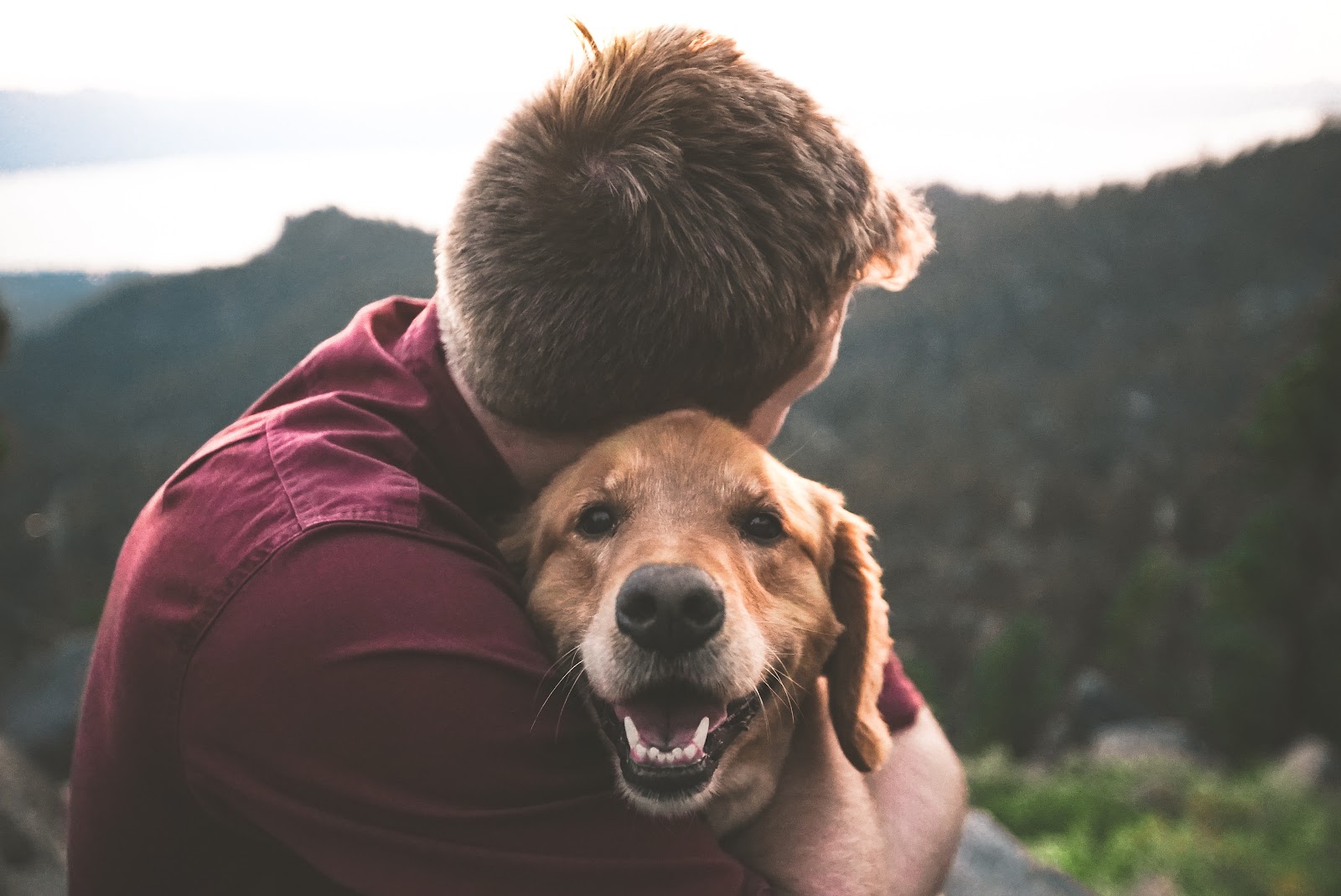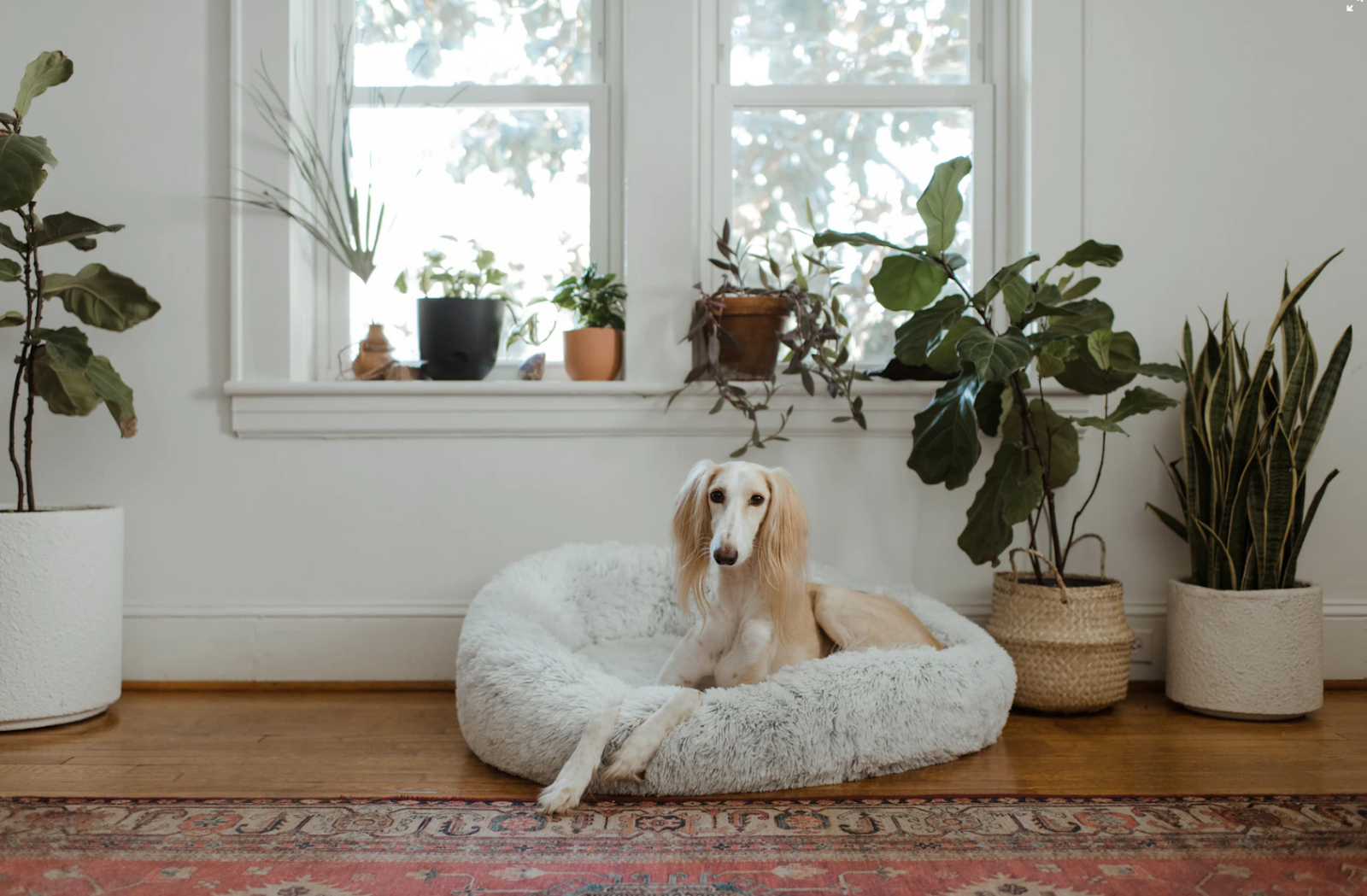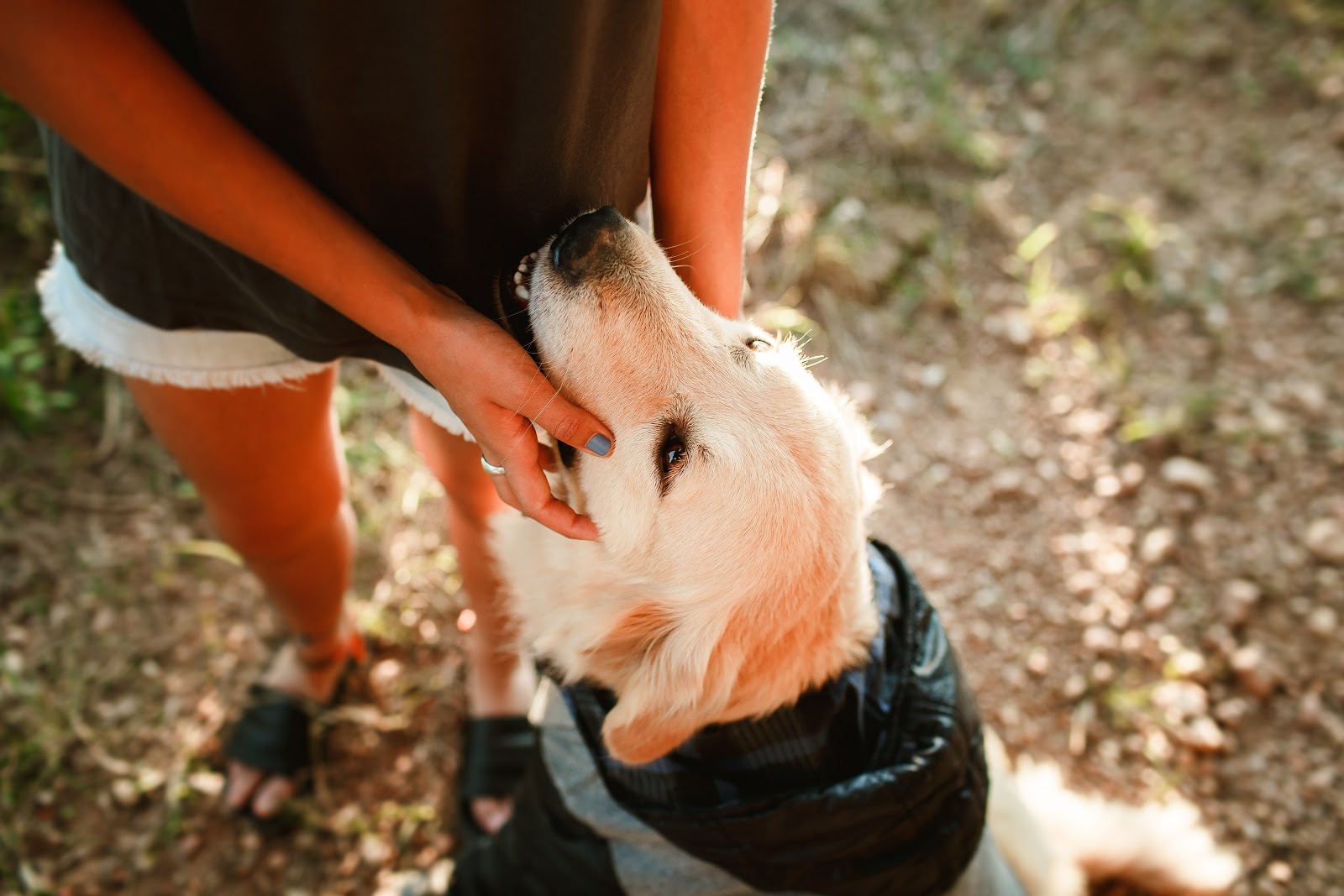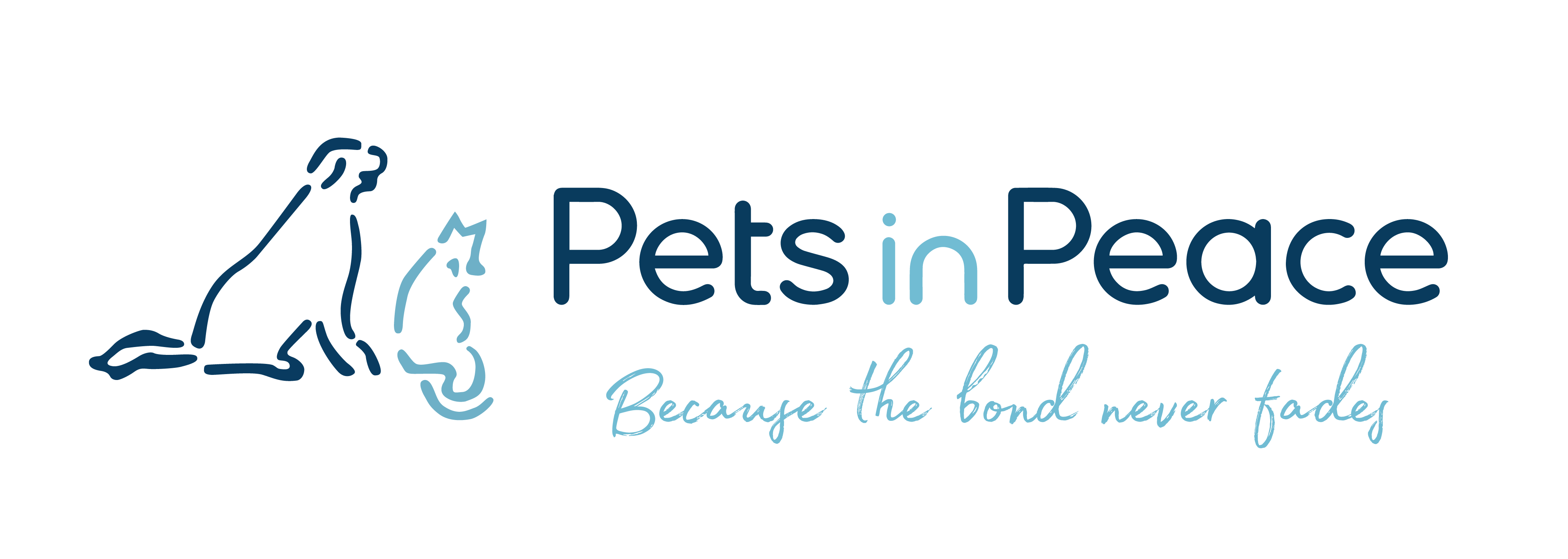
After a short trip away from home, you return to find your pet in an array of mess. The pet bed is torn up, furniture may be knocked over, and your pet is overly excited to see your return. Whilst beginner pet owners may assume this is bad behaviour or the work of a bored pet, the truth is this is a common sign of something known as separation anxiety. As a responsible pet owner, you want your pet to be it’s happiest and healthiest. Pets who suffer from separation anxiety live in constant distress once alone. To ensure your pets happiness, well-being and safety, Pets in Peace are here to help. Today we cover the signs of pet separation anxiety, and what to do when you recognise the signs. If you plan to bring a new pet home soon, learning the following tips will set your pet up for success, by providing them with the tools to handle alone time.
What Is Pet Separation Anxiety?
Separation anxiety is estimated to affect one in every four to six dogs. As a common condition, it’s something new and current pet owners need to be aware of. So what is separation anxiety? Separation anxiety is a pet’s stress response to being left alone by the people it’s bonded to. These are typically the people the pet cohabitates with inside the home. For some pets, it could be one person in particular, usually the primary caretaker of that pet. This is typically the person who feeds and plays with the pet the most.
What Are the Signs of Pet Anxiety?
As cats are more solitary animals, cat separation anxiety is rare and most frequently associated with senior dogs. The following behaviours are signs of separation anxiety in dogs:
Overexcitability
You return home after a long day at work, and you may be pleased to see your pet is overjoyed to see you. Whilst this behaviour seems endearing, overexcitability is a common sign of separation anxiety. To differentiate a healthy welcome to an anxious one, lookout for signs of jumping up, over vocalisation of barks, whimpering, or going to the bathroom whilst greeting you. The telltale sign of separation anxiety compared to a healthily excitable pet is the duration, intensity and vocalisation of the greeting. If you notice these signs in your pets welcome, there is a chance your pet may be experiencing anxiety whilst you’re away from home.
Barking and Howling Excessively
This may be difficult to pinpoint, as you won’t be home to know if your pet is making excessive noise. This is where you can set up an audio recording device or camera to be able to check in on your pet whilst you’re not home. Alternatively, reaching out to your neighbours to see if they hear barking from your dog can help you identify the problem. If it turns out that your pet is excessively barking, howling and whimpering, discussing this with your neighbours is likely to create understanding and avoid council complaints as you assure your neighbours you’re taking measures in addressing your pet’s anxiety.
Destructive Behaviour
This is more than chewing on a pair of shoes you forgot to put away. If your pet has gone into demolition mode, they’ll often try to destroy anything within reach. Including chewing on furniture, tearing pet cushions or bedding and scratching on doors or walls. This anxious behaviour is typically how pets release their nervous energy.

Self-harm
Unfortunately, pets with separation anxiety are also prone to self-harm, such as pulling out fur and scratching their skin. If you notice balding spots of hair or excessive scratch marks on your pet’s skin, it’s always good to first take your pet to the vet to ensure there are no underlying medical conditions. Often pets will pull out their fur if they have a skin infection, so this one sign alone isn’t a clear indicator your pet is suffering from separation anxiety. For this reason, keep an eye out for other destructive behaviours that may accompany excessive scratching and hair-pulling.
The Silent Symptoms
Some signs of separation anxiety in dogs can be spotted when you’re home. Does your pet follow you from room to room like a shadow? Do they seek excessive attention? Do you notice they’ll begin to drool or pant uncontrollably when you begin to get ready to leave the house or go to reach for your shoes or keys? These are all ‘silent’ signs of dog anxiety. If you want to be certain your pet may be experiencing separation anxiety when they are home alone, the best solution is to set up a camera to record them. This way you can see your pet, and lookout for signs of constant pacing and refusing to touch food or water you’ve left out.

What Can I Do If My Pet Has Separation Anxiety?
If you’ve noticed several signs of separation anxiety, we recommend you take action and address these issues sooner than later, before the condition becomes chronic and more difficult to treat. Puppy anxiety will be easier to work with than a senior dog that has dealt with it its entire life. The following strategies are what we suggest in tackling your pet’s anxiety:
Make Changes to Your Routine Slowly
Rome wasn’t built overnight, so neither will your pets’ separation anxiety resolve in 12 hours. Decreasing your pet’s stress will be a work in progress at the beginning, but it can be done with time, patience and consistency. The first solution we recommend is to ease into any routine changes. A sudden shift in a pet’s day to day routine can be a shock to the system. Remember, you are your pets’ world, their leader, and when they’re used to you being there, and suddenly you’re gone, it’s natural for them to feel unsafe and anxious. Slowly making changes to your household routine will give you a better chance of preventing your pet from being shocked as they adapt to the change of routine. You can begin this process by gradually increasing your pets alone time, by moving to another room. Every time you re-enter the room, and your dog is relaxed, you should calmly praise them with verbal praise or treats. This will teach your pet that it is safe to be alone. Whilst you are gone, you can also leave your pet a toy, and provide them with a comforting place they can rest. Crates furnished with blankets, toys and a covering to block out light, are the perfect denning environment that creates a safe environment for pets.
Utilise a Crate
Briefly touched upon before, crating is one of the easiest, safest and most effective strategies in combating separation anxiety. As some pets are den animals by nature, using a crate can act as a safe haven for your pet. The secret to mastering crate training is to make time inside the crate a positive experience for your pet.
Crate training is easiest when taught when pets are young when they’re learning vital socialising skills. For these reasons, dog behavioural specialists recommend crate training dogs from a young age. However, this doesn’t mean older pets can’t be crate trained if they didn’t experience crate exposure in their early life.
Gradually desensitising pets to crates that haven’t experienced crate training before will decrease the feeling that they are being abandoned or punished. Make sure you’ve chosen a crate large enough to fit your pet to enable them to stand up, stretch and turn around comfortably. You can begin by encouraging your pet to use the crate whilst you’re home. Leaving the door open and feeding your pet inside the grate are great ways to create positive feelings inside the crate.
Separation anxiety can have serious effects on your pet’s health and happiness. If you believe your pet is exhibiting signs of separation anxiety, seeking help is the first step in improving your pet’s quality of life. No matter the age of your pet, separation anxiety can be managed and worked on with just commitment and patience.
At Pets in Peace, we provide heartfelt aftercare services. If you are looking to provide a memorable and loving farewell to your beloved pet, you can consider a memorial service with Pets in Peace. Specialising in pet aftercare, we are here to support you and your family with animals of all kinds and sizes. To discuss our range of aftercare services like funerals, cremations and personalised memorial products, you contact us to inquire about which service is best suited to you. If you want to learn more and keep up to date on pet trends, tips and advice, take a look at our monthly blog.
